floor jack rating
k9mom
13 years ago
Related Stories
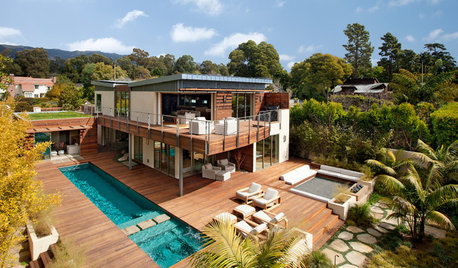
GREEN BUILDINGHouzz Tour: High-End Luxury, Highest Ecofriendly Rating in California
Solar panels and energy savers let this posh LEED Platinum home produce as much energy as it consumes
Full Story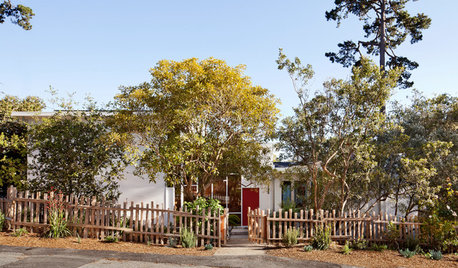
MIDCENTURY HOMESHouzz Tour: Small Changes Earn a Top Green Rating
Remodeling for energy efficiency and sustainability within a quaint town's codes wins LEED platinum certification for a midcentury home
Full Story
MODERN ARCHITECTUREHouzz Tour: Platinum-Rating Hopes for a Sterling Modern Home
Efficiency takes an artful form in a minimalist San Francisco home furnished with iconic and custom pieces
Full Story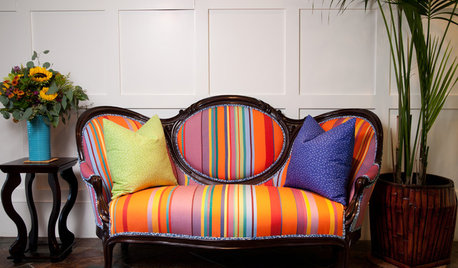
FURNITURESecond-Life Sofas Show First-Rate Style
With unexpected upholstery, antique sofas can live happily in modern interiors
Full Story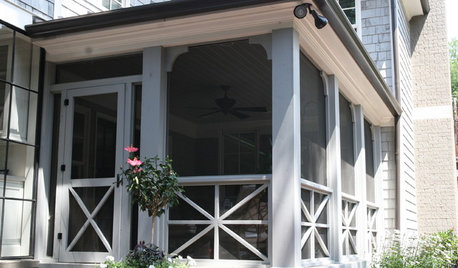
REMODELING GUIDESUnion Jack Balustrades Raise the Flag for Railing Style
Do be cross with your porch and deck railings — this intersecting balustrade design shows admirable attention to detail
Full Story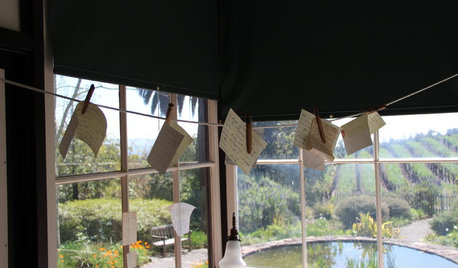
RANCH HOMESSee the Estate That Drove Jack London to Write
In honor of the ‘Call of the Wild’ author’s birthday January 12, we tour the reason he wrote all those books
Full Story
FLOORS5 Benefits to Concrete Floors for Everyday Living
Get low-maintenance home flooring that creates high impact and works with home styles from traditional to modern
Full Story
GREAT HOME PROJECTSHow to Add a Radiant Heat System
Enjoy comfy, consistent temperatures and maybe even energy savings with hydronic heating and cooling
Full Story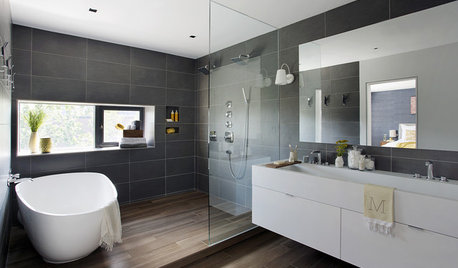
SHOWERSYour Guide to Shower Floor Materials
Discover the pros and cons of marble, travertine, porcelain and more
Full Story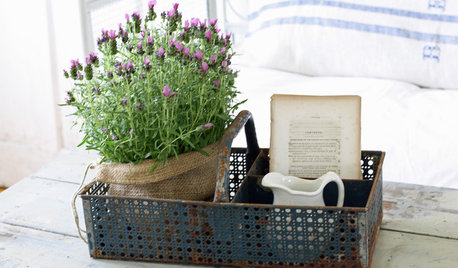
HOUSEPLANTSOutsmart Winter — Make Houseplants of Your Garden Growers
No need to watch Jack Frost play Wreck the Rosemary. Bring your garden inside for the winter, using containers and these guidelines
Full StorySponsored
Franklin County's Full Service, Turn-Key Construction & Design Company
More Discussions







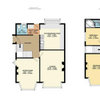


worthy
brickeyee
Related Professionals
Carlisle Kitchen & Bathroom Designers · Midvale Kitchen & Bathroom Designers · Mount Prospect Kitchen & Bathroom Designers · Williamstown Kitchen & Bathroom Designers · Sunrise Manor Kitchen & Bathroom Remodelers · 20781 Kitchen & Bathroom Remodelers · Paducah Kitchen & Bathroom Remodelers · Portage Kitchen & Bathroom Remodelers · Pueblo Kitchen & Bathroom Remodelers · Red Bank Kitchen & Bathroom Remodelers · Vienna Kitchen & Bathroom Remodelers · Weymouth Kitchen & Bathroom Remodelers · York Kitchen & Bathroom Remodelers · Hockessin Architects & Building Designers · Plainfield Architects & Building Designersworthy
worthy
brickeyee
worthy
brickeyee
computerxtutor_yahoo_com
brickeyee